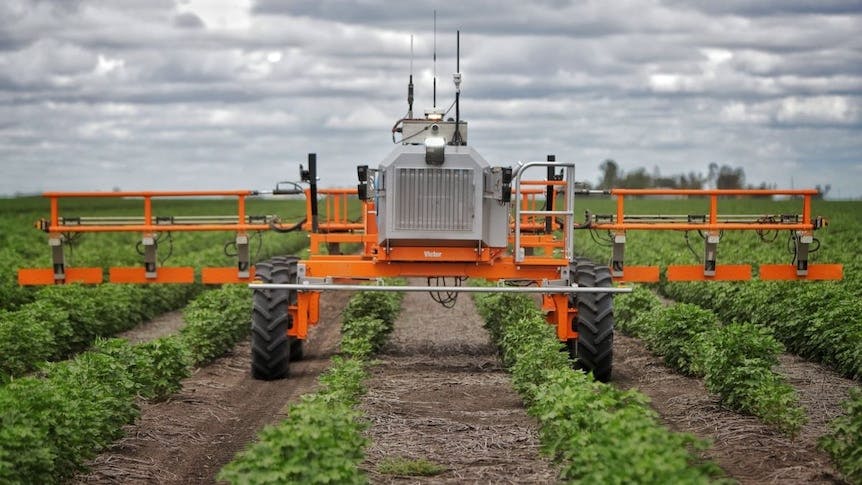Agricultural autonomy and new ways of working
Much of the discussion around autonomy in agriculture is focused on when self-driving machines will take over
Labor shortages, improved precision, and lower input intensity production all demand that more must be done with less, and autonomous farm vehicles seem like an obvious solution. The problem is that this thinking treats it like a binary occurrence, that machines will or will not be autonomous.
A more effective way of framing the discussion is around the jobs to be done, and which are best suited to, or least impacted by autonomy.
-
Weeding and tilling are great examples of jobs that are very amenable to autonomous operation
-
Harvest, especially in large-scale agriculture, still looms as an enormous challenge for autonomous operation
-
There is a wide range of tasks from spreading to planting that sit on a scale from plausible to challenging
Autonomy won't be just one thing
Another way to think about how autonomy is playing out in agriculture is to segment along the following lines:
-
style of autonomy: non-autonomous, augmented-autonomy and native-autonomy
-
ways of working: what new and existing pathways are created for achieving outcomes
-
jobs to be done: the set of tasks that make up agricultural production that is mechanized and automated
Each autonomy style enables ways of working and leads to jobs to be done
Augmented-autonomy makes a lot of sense for many jobs.
Especially where the same way of working is supported by the non- and augmented-autonomy styles. The new autonomous John Deere 8R is a great example of this, where a job like tilling will work in the same way, regardless of the syle of use. This will drive adoption because of the situational flexibility offered.
Some jobs might be better done with native-autonomy because it unlocks new ways of working.
Some jobs will be done in totally new ways
Weeding is a job that can be done in many ways, and where there is great interest in autonomous applications.
Another challenge of weed management is herbicide resistance and lower-chemical production. Native-autonomy solutions will open up entirely different ways of working and will create superior solutions for weed control. Mechanical chipping, electrocution & laser, even attacking weed seeds before emergence may lead to jobs being done far better.
Autonomy will roll out in waves in different parts of agriculture and no one style will suit all applications.
